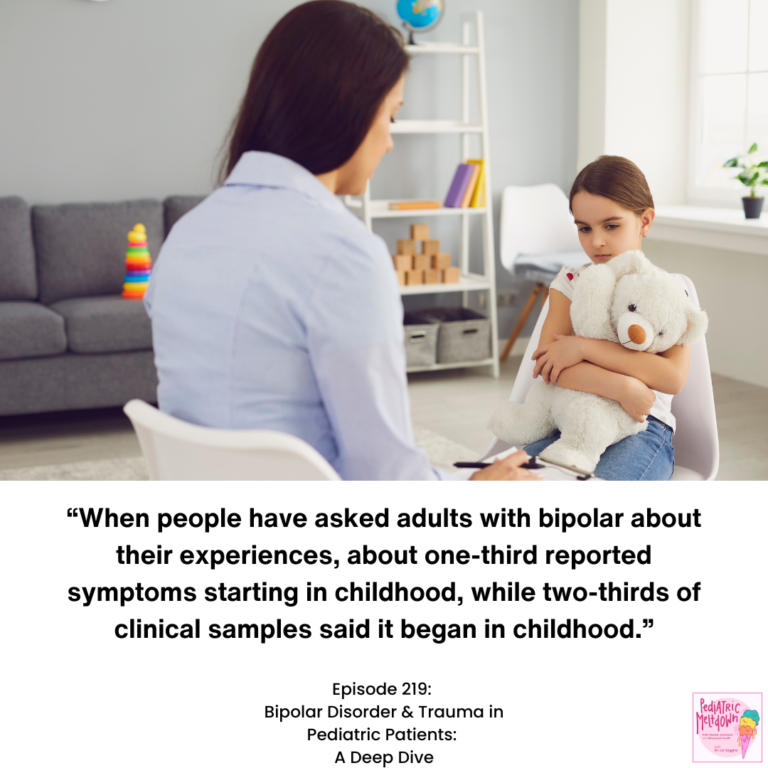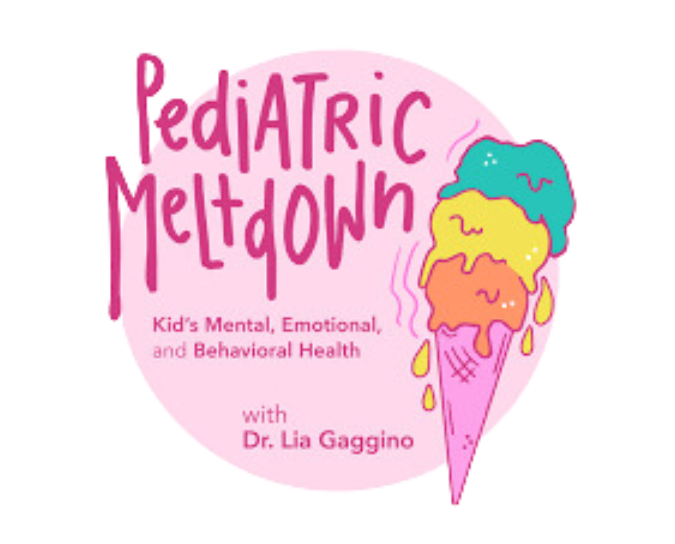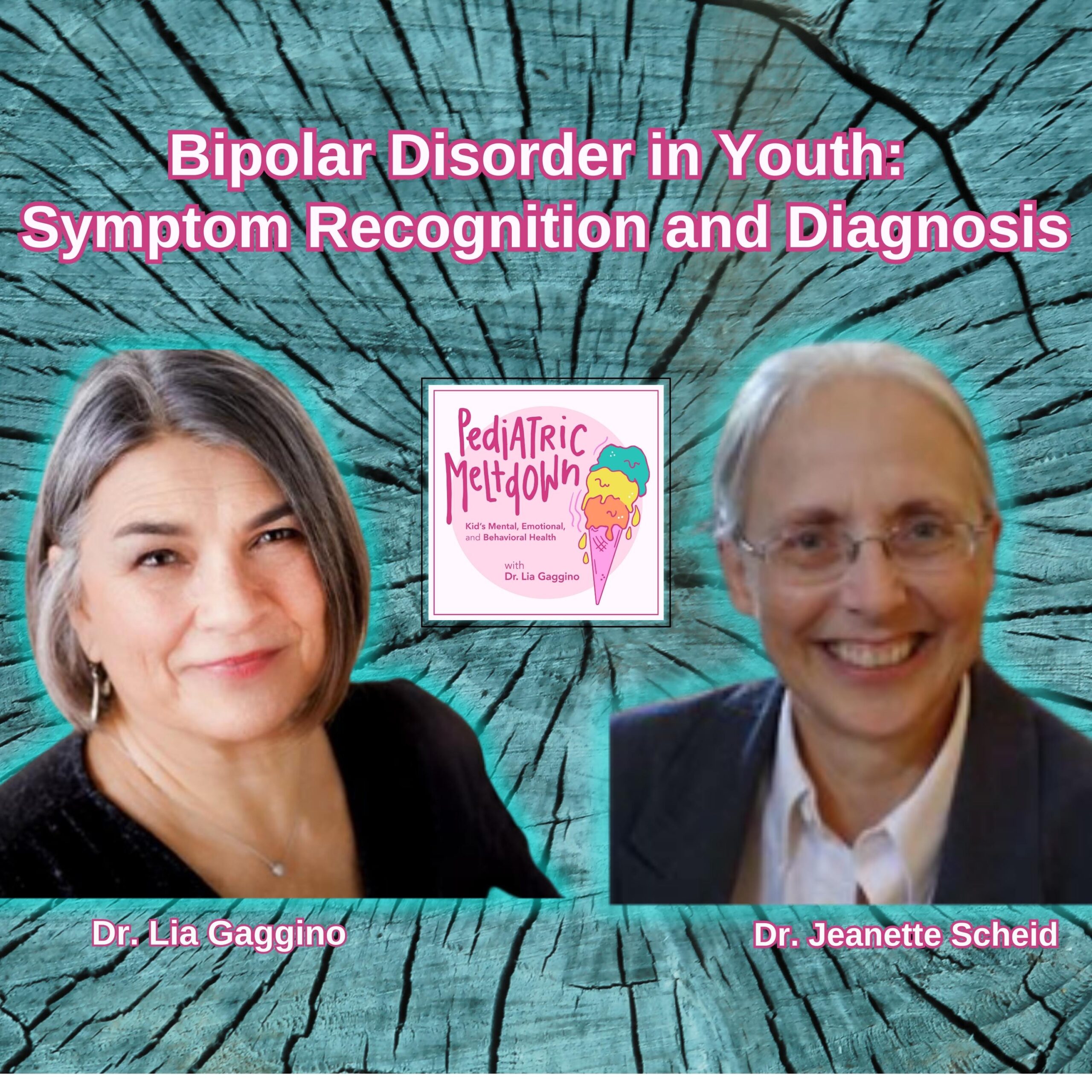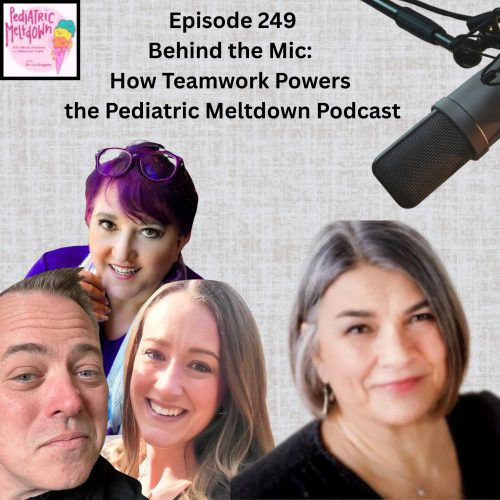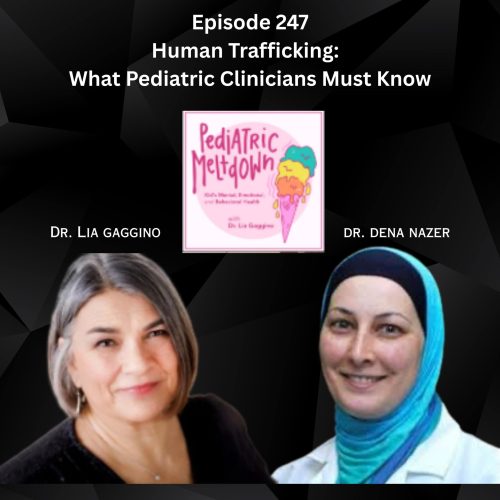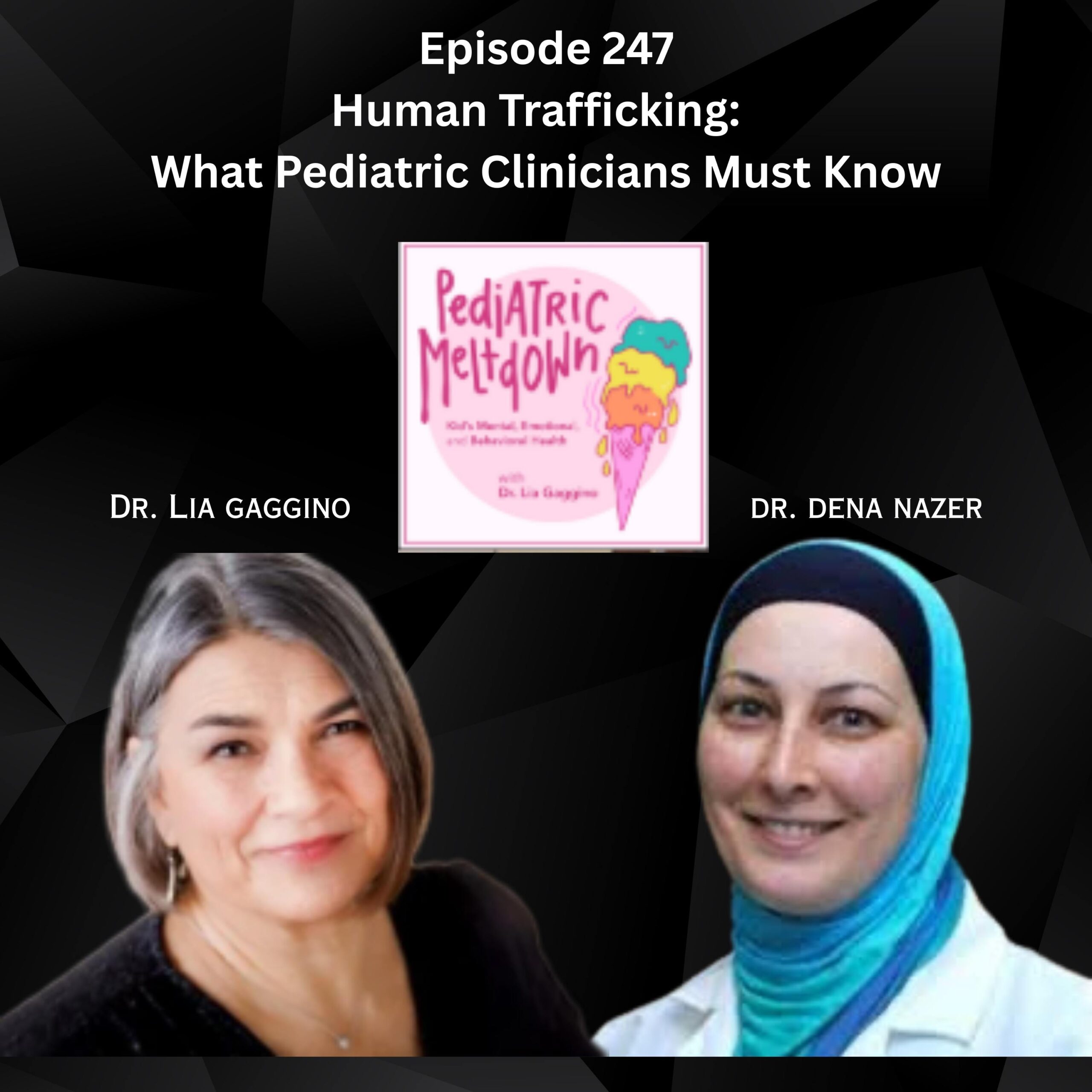Bipolar Disorder in Youth: Symptom Recognition and Diagnosis
In this episode, child psychiatrist Dr. Jeanette Scheid joins Dr. Lia Gaggino to discuss the complexities of pediatric bipolar disorder, and sorting through the diagnostic possibilities is central to making an accurate diagnosis Dr. Scheid offers insights to tease out what are the childhood behaviors that are developmentally normal, for example imaginary friends, and what are concerning symptoms such as auditory hallucinations.
Dr Scheid highlights the critical role pediatricians play in the early identification of youth bipolar disorder with enormous implications for decreasing serious illness in adulthood.
With mental health in children becoming increasingly important, this conversation offers practical guidance for pediatric clinicians.
[00:33 -10:49] Key Diagnostic Criteria for Bipolar Disorder
- Major depressive episodes often appear as the first signs, lasting at least 2 weeks with predominantly low mood
- Grandiosity and racing thoughts are significant indicators, particularly when accompanied by uncharacteristic risk-taking behaviors
- Sleep patterns change dramatically, with some people feeling rested after less than 3 hours of sleep
- Increased talkativeness, faster speech, and heightened distractibility are common symptoms
[10:50 – 19:01] Challenges in Early Identification
- Distinguishing between normal childhood behavior and pathological symptoms
- Complexity increases when combined with autism or intellectual disabilities
- Initial misdiagnosis as oppositional defiant disorder or treatment-resistant ADHD
- Need to differentiate between typical defiant behavior and true mood episodes
[19:02 -31:42] Understanding Trauma’s Relationship with Mental Health Symptoms
- Trauma symptoms can overlap with other mental health conditions, making diagnosis complex
- Flashbacks from trauma can present similarly to perceptual disturbances or hallucinations
- Content of experiences often connects directly to past traumatic events and safety concerns
- Both trauma and other mental health conditions can coexist – it’s not an either/or situation
[31:43 – 32:13] Adapting Primary Care to Modern Mental Health Challenges
- Pediatricians can’t opt out of mental health care, just as they didn’t opt out of COVID care
- Primary care providers are being called upon to manage medications when psychiatric access is limited
- Professional relationships and collegial connections make difficult cases more manageable
- There’s a growing recognition that early intervention in mental health can prevent future complications, including involvement in the juvenile justice system
[50:51 – 58:26] Closing segment Takeaway
Links to resources mentioned on the show
AACAP Facts for Families: Facts for Families
AACAP Resource Center Bipolar Disorder
Other episodes you may like:
161 Menstrual Equity Changes Lives: The Power of Days
151 American Indian/Alaskan Native Youth: Beyond Adversity
Key quotes for Twitter:
“it’s not an either or. It’s not like if you have trauma, you can’t have bipolar disorder. If you have bipolar disorder, you can’t have trauma. Sometimes they coexist”….Dr. Jeanette Scheid on the misconception that trauma and bipolar coexisting
“Again, bipolar disorder in really, really little kids like 5, 6, 7 years old is really not that common.”… Dr. Jeanette Scheid on the commonality of bipolar in young children
FULL TRANSCRIPTS AVAILABLE UPON REQUEST
THANK YOU FOR YOUR SUPPORT!
Pediatric Meltdown was listed as a Top 20 Pediatric Podcast on FeedSpot.
If you’d like to connect with me, you can find me on LinkedIn, Facebook, and Instagram, or email me at gagginol@gmail.com. To learn more about me visit https://www.pediatricmeltdown.com
LOVE WHAT YOU HEARD? Leave us a 5-star review so we can continue to provide you with great content. Share this episode and help people know more about children’s health and well-being.
